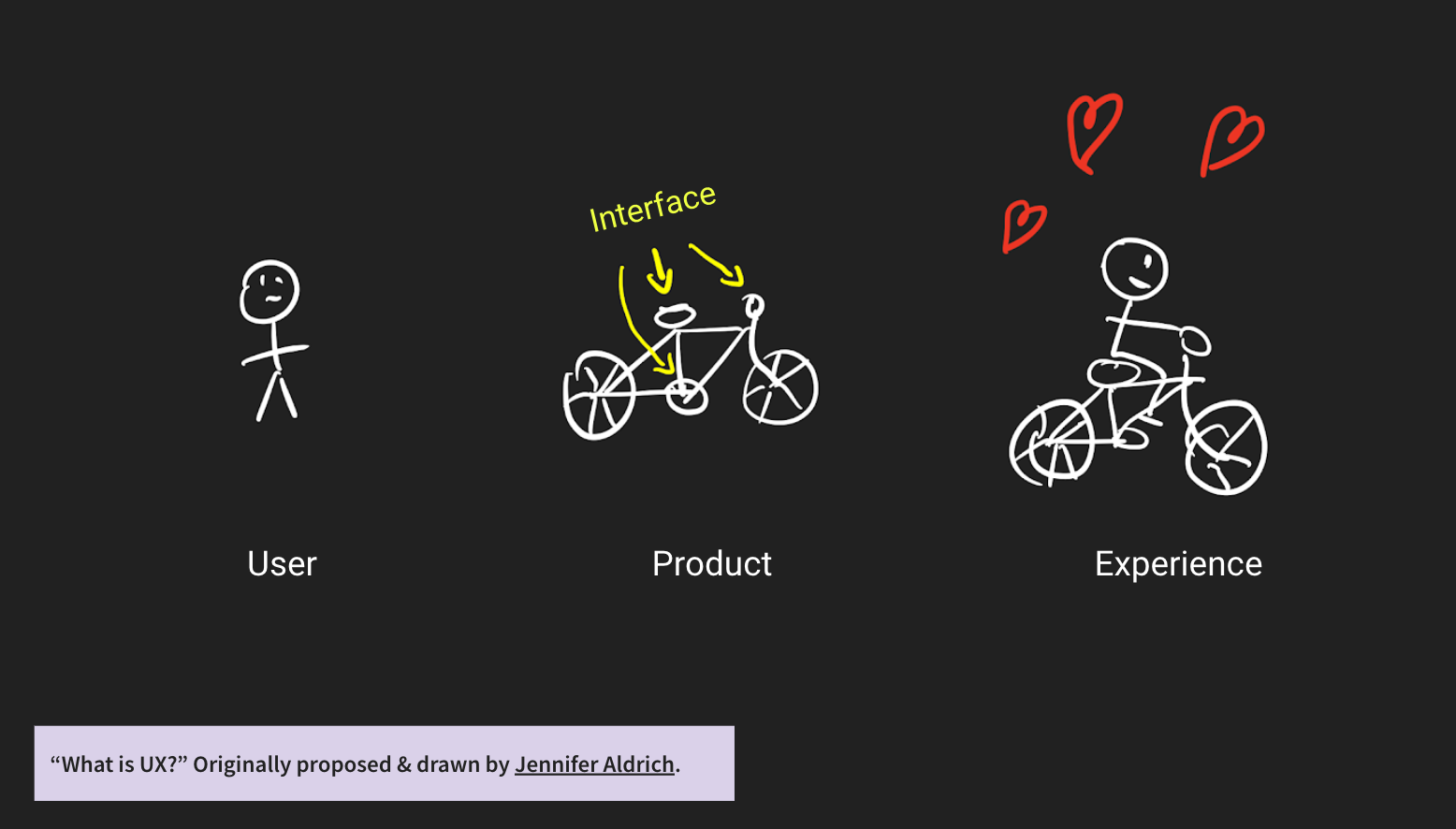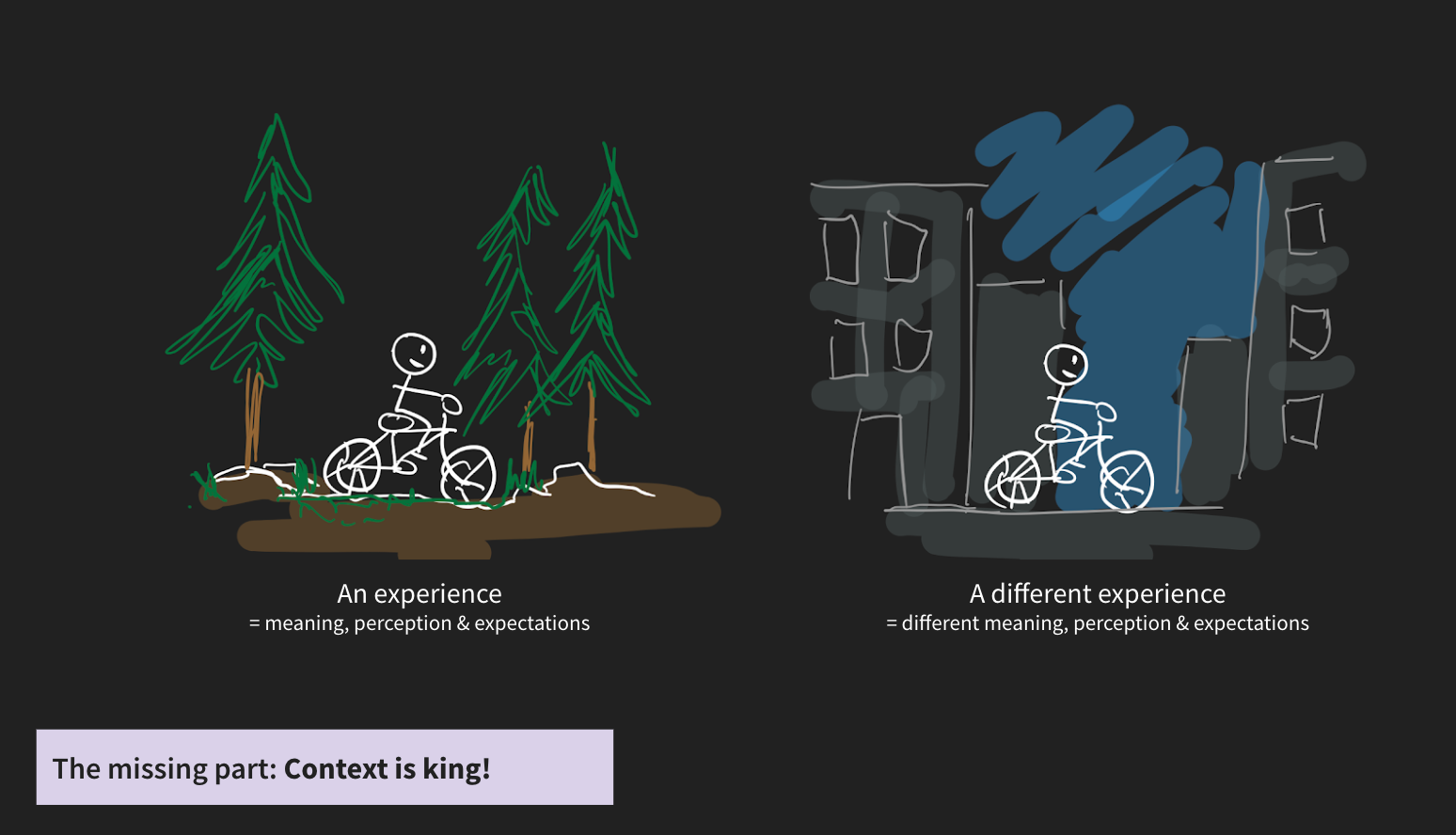Design, people, and the social

From philosophy to cognition to society.
Hi everyone, Kevin here.
I try to find back some inspiration and rhythm for writing during this summer break, as I’m reaching the end of a trip to southern France with my spouse and kids. Before the trip, I had several things in mind that I left aside and had time to digest while visiting some historical and traditional Mediterranean cities & villages, under unprecedented (but certainly not the last) heat waves, even for a region used to high temperatures during summer. Anyways, the kids are in the swimming pool and here I am writing these lines.
Design & Philosophy
As said, I had several things in mind and in action before the trip. First, we were (and still are) discussing the marriage between design and philosophy with the Design & Critical Thinking community through a series of online group discussions. As we developed so far, design and philosophy relate in many ways but have been somehow dissociated from one another. Something we didn’t really do with the community is understanding why.
One reason that comes to mind is the necessary (although not limited) utility of design has been pushed to its paroxysm to serve other motives (industrialisation, urbanisation, digitalisation, etc.), slowly eroding the obviousness of certain connections with certain fields (philosophy, arts) and reinforcing those of others (business, engineering, tech), following the natural mutation of the design disciplines. I’m sure it happened several times and to different degrees, each time with unforeseeable fractal effects. Nonetheless, the connections are still here for those willing to unbury & revive them.
What’s interesting to me is that all the possible connections are there (and most likely always been) but their disposition and what they allow totally dependent on our ever-evolving contexts. What philosophy can do to design (and vice-versa) today is not what was, and is certainly not a linear progression from what has been. In other words, it’s not a dead body we are trying to reanimate.
Furthermore, doing so helps us move beyond the “design ethics” dead-end that design seems stuck in for a while now. First, and it is important to say, philosophy is not only about ethics, and when it is, surely not the kind of ethics we have been reduced to discussing in design. And second, I argue that deontological principles are of little-to-no use when dealing with novel situations, and ethical frameworks that prerequisite an “explicitation” of everything (that is: goals, intents, outcomes, social contract, first-second-third order consequences) by necessity or virtue in order to act are misleading & unhelpful at best and harmful for design at worse (yes, you hear me well). Uncertainty & ambiguity cannot be tamed through plain ignorance or even more control, but rather through balance and acknowledgement of the limits of what we are truly in control of. Design is as much in doing as it is in thinking; there is no paradox nor “essential dualism” here, but rather praxis.
Similarly, I’d argue that thinking and discussing the praxis of design is an act of philosophy in itself. Beyond the crude (and rather uninteresting) superficialities discussed in the field (i.e. so-called “trend”), it is a regenerative process of collective understanding and sharing, of re-enactment and re-appropriation, a process of renewed meaning-creation. Regenerative because it allows a local increase of diversity (minds, thoughts, practices, contexts, etc.), something needed in some spaces saturated and (sometimes) suffocating under the same, limited, reduced-yet-overly-generalised and thus unavoidable ideas, tools, and topics.
Embodied cognition and sense-making
The second things I am diving (back) into are the concepts of Embodied Cognition and Enactivism. I’m currently reading “Embodying Design: An Applied Science of Radical Embodied Cognition” by Christopher Baber, although I’m not new to the concept.
I first encountered both concepts (with a special focus on Francisco J. Varela's related work on organism autonomy) back in 2015, without really understanding at that time how a shift this is from traditional cognitive sciences. It basically challenges the idea that the brain is the central and unique place of cognition, but rather posits that cognition emerges from the interaction between an organism and its environment, in a co-evolutionary, mutually reciprocal relationship. The affordances of the environment enable certain actions that the organism (i.e. humans) perceive and can act upon, thus changing the environment in return.
“This is not just the innocuous and obvious claim that we need a body to reason; rather, it is the striking claim that the very structure of reason itself comes from the details of our embodiment…” A Brief Guide to Embodied Cognition: Why You Are Not Your Brain - Scientific American Blog Network, Scientific American Blogs
I’m convinced it is both something of relevance for psychology and the cognitive sciences that tend to reduce everything to the brain and its functions, and of relevance to design that, with the popularity of UX and its focus on digital technologies, tend to perpetuate the same mistakes. Tech and design try to encapsulate behaviors within neatly defined products & services, probably for convenience, but in doing so lose sight of the broader context and the inherent spatiality of what we create, without which there would be no interactions at all.
C. Baber talks about how products (or tools) are useful only in context (i.e. usefulness is not an intrinsic quality), because the affordances of both the environment and what the product/tool enable and/or constrain offer opportunities (or not) for decisions and actions, until an equilibrium is found. My personal take on this is this little illustration, revisiting the (famous) drawing from Jennifer Aldrich.


Anyways, this is really not the first time I talk about both Embodied Cognition and Enactivism, and this is clearly something I want to push even more forward.
Assemblages and the social
The last thing I was exploring is the rabbit hole of The Assemblage Theory originally developed by F. Guattari & G. Deleuze. An assemblage (from the french “agencement”) is, roughly speaking, a collection of heterogeneous parts that interacts in a certain way, amplifying each other's effects. The best metaphor, borrowed from M. DeLanda’s lectures, is the idea of a horse-riding archer:
“The man on the horse with the weapon, the three things together form something that cannot be reduced to each one of the parts, something that it’s more than just a sum of a horse a warrior and a weapon. The horse amplifies the powers of the mounted archer, the way the weapon in motion becomes more powerful than if you were shooting it standing still. So the different parts of the assemblage interact, so that the whole is not reducible.” – Manuel DeLanda. Assemblage Theory, Society, and Deleuze. 2011
To add to the concept, assemblages have (here again) a space, a territory, and certain boundaries defined by their relationships. Deleuze & Guattari discuss the notion of territorialization and deterritorialization (and reterritorialization) of assemblages as changes in their heterogeneity. There is also a “coupling effect”, something that emerges from these relationships that is more powerful than the parts.
M. Müller describes assemblages as such (excerpt from the Cynefin wiki):
- Assemblages are relational. They are arrangements of different entities linked together to form a new whole. The crucial thing to note here is that for Deleuze, assemblages consist of relations of exteriority. This means two things. First, it implies a certain autonomy of the terms (people, objects, etc.) from the relations between them. Second, ‘the properties of the component parts can never explain the relations which constitute a whole’ (DeLanda 2006, 10).
- Assemblages are productive. They produce new territorial organisations, new behaviours, new expressions, new actors and new realities. This also means that they are not primarily mimetic; they are not a representation of the world.
- Assemblages are heterogeneous. There are no assumptions as to what can be related – humans, animals, things and ideas – nor what is the dominant entity in an assemblage. As such, one can also say they are socio-material, eschewing the nature-culture divide (Bennett 2010).
- Assemblages are caught up in a dynamic of deterritorialisation and reterritorialisation. Deterritorialisation/reterritorialisation is a central axis of an assemblage, where ‘reterritorialized sides, … stabilize it, and cutting edges of deterritorialization, … carry it away’ (Deleuze and Guattari 1987, 88). Assemblages establish territories as they emerge and hold together but also constantly mutate, transform and break up.
- Assemblages are desired. ‘Desire constantly couples continuous flows and partial objects that are by nature fragmentary and fragmented’ (Deleuze and Guattari 1983, 6). Assemblages thus have a corporeal component.
Why is it important? Well, design creates objects (physical, virtual, social) that contribute to assemblages. Here, assemblage is useful mainly as a metaphor, a heuristic for the things we try to change:
“So assemblage theory is not a substantive social theory. It doesn't prescribe any specific ideas about the components, layers, laminations, or threads out of which social phenomena are composed. Instead, it offers a vision of how we should think of all such constructions in the social world. We should be skeptical about the appearance of unity and coherence in an extended social entity (e.g. the Justice Department or the Muslim world), and look instead to discover some of the heterogeneous and independent processes that underlie the surface appearance. And it gives ontological support for some of the theoretical inclinations of comparative historical sociology (Tilly, Steinmetz, Mann): look for the diversity of social arrangements and the context-dependent conjunctural causes that underlie complex historical events.” Understanding Society: Assemblage theory as heuristic
Together with the concept of Embodied Cognition (or Enactivism), we can see how framing change and design interventions through these “productive structures” can shape perceptions, meanings, and narratives.
“[We] should not think of the social world in analogy with examples drawn from what we know about the natural world. We should not think of society as a "thing" or a unified system. The ontological properties of the the natural and social realms are substantially different. This is the primary reason I find some of the basic ideas of assemblage theory appealing: because these theories and theorists deliberately question the naturalistic approach to the social world, and they attempt to advance strikingly different and original concepts for characterizing the social world. They emphasize heterogeneity and composition over uniformity and subsumption.
It is striking to consider the parallel that emerges between this way of thinking about the "social" and some post-Cartesian ways of thinking about the "self". Some philosophers and psychoanalysts have argued that we should question the idea of the unified self that has governed the philosophy of mind since Descartes. Instead, we should consider the notion that the self is not a unified center of consciousness and will, but rather a loose and contingent collage of psychological, physiological, and neurophysiological processes; that the impression of a unified self is a post-facto illusion; and that acting, thinking individuals are coalitions of a heterogeneous and often conflicting group of cognitive, emotional, and practical processes. These are radical challenges to the rationalist theory of the unified self. And they bear a striking similarity to the assemblage challenge to the idea of society as a law-governed structural-functional system.” Understanding Society: New metaphors for the social
Thanks for reading!
